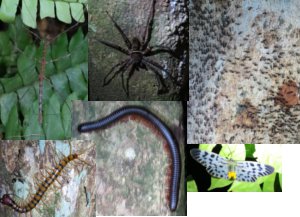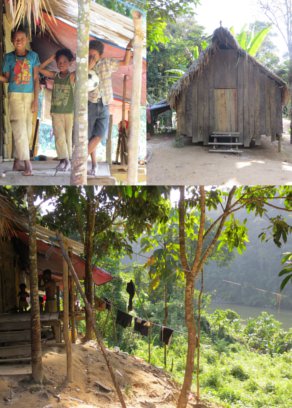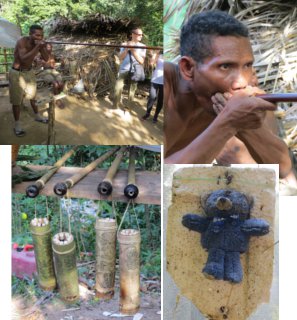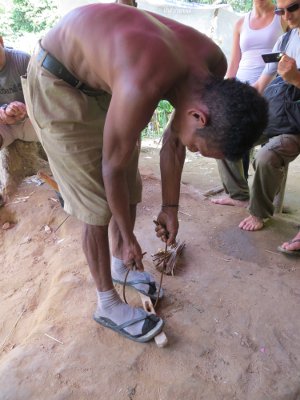Discovering Taman Negara National Park

Taman Negara National Park has a total area of 4,343 km² and has a reputation as the world’s oldest tropical rainforest. This park is home to rare mammals, such as the Malayan Tiger, Crab-eating Macaque, Sumatran Rhinoceros, and Asian Elephant. With several geological and biological attractions, the park has been developed into a famous ecological destination in Malaysia.
We arrived at Kuala Tahan, one of the three entry points to the park, after driving 2 hours across green mountains, and navigating 3 hours on the peaceful waters of the Tembeling River. Then we engaged on a 3-day adventure in the wilderness, away from any source of internet access.
On Our Way to Taman Negara
On our first evening, we took a night jungle walk and saw numerous insects, which were “giants” compared to any others we have seen before. Under the full moon, the sound of the never sleeping tropical forest is a soothing experience we recorded eternally in our minds.

Sounds of Taman Negara at Night

The next morning, we hiked to the world’s longest hanging bridge and enjoyed the view of the forest from the top of the trees. This canopy walk is a fascinating mix of adrenaline and engineering that allowed us to feel free like birds defying gravity. Then we climbed Teresek Hill and took deep breaths while contemplating the panoramic view of Mt. Tahan.
On the same afternoon, we embarked on a cruise across the rapids of the Tembeling River and felt revived by the splashes of the refreshing water. We also visited the Batek tribe in an Orang Asli Village.
The Batek are indigenous people (currently numbering about 1,516) who live in the rainforest of peninsular Malaysia. They are nomadic hunters and gatherers, so the exact location of their settlements change when a tribe member dies or most of the usable wild plant resources have been depleted within the general confines of the area that they inhabit.
The common phrase used to refer to them, ‘orang asli,’ is a general term used to describe a diverse group of which the Batek tribe is a part of. It means ‘original people’ in Malay and was probably first used to identify them by settlers who arrived by boat from the islands of Southeast Asia.


We initially felt uncomfortable since we weren’t sure if our presence was intrusive or disrespectful to the tribe. However, when we asked if they were comfortable having us there, they expressed feeling proud of sharing their culture with others and assured us that we were welcomed.
Male members of the Batek tribe shared different aspects of their animism traditions and lifestyle. It was really interesting to learn that when someone dies the body is wrapped in tree bark and left inside a shelter. The shelter is specially built to be placed on top of a tree in the middle of the forest, so the person’s spirit can be free. They also showed us the way in which they made and use their traditional hunting weapon, a blow pipe. Boys in the tribe start hunting since the age of 9 years old.
Making Darts for Blow Pipe
The Batek normally live in bamboo huts and a group of 10 families usually form an encampment. Each encampment generally has control of the land immediately around it, but since this tribe does not believe in the concept of private land ownership, the encampment considers it to be the caretaker of the land.
It is a moral obligation for Batek to share food for which they have acquired. Normally the person who harvests the food item will first give to their immediate family, then their extended family and finally the rest of the camp. The Batek do not consider this sharing of resources to be an act of kindness, they believe that all food items belong to the forest, so that the person who happens to be in possession of food has a moral obligation to share it. Their diet is mostly based on the consumption of tapioca, monkey, and fish.

Making Fire
Our entire experience at Taman Negara National Park was memorable. We continue to be fascinated by the richness of human subjectivity and the world’s diversity. Traveling is such a pleasant source of learning, we can’t wait for our next destination 🙂
